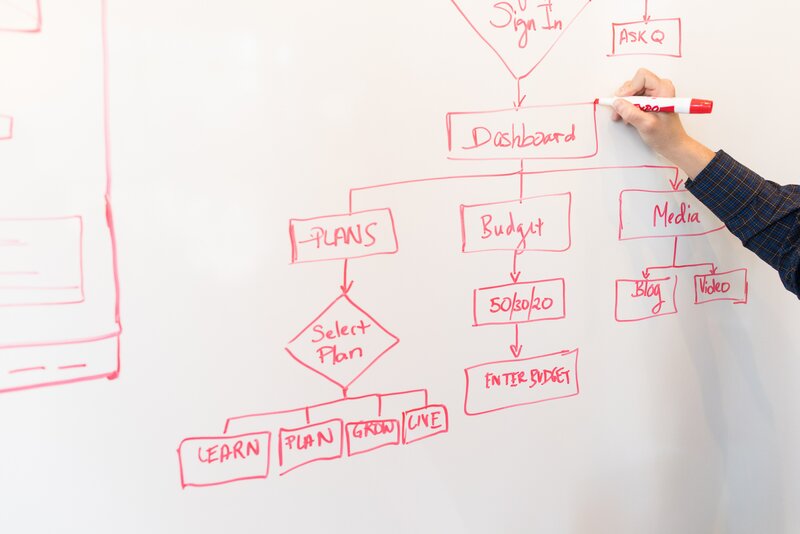
A.B.C — it’s easy as...
The A.B.C I’m referring to here is Activity Based Costing — in particular Cost-to-Serve reporting. As much as we’d love for it be as easy 1,2,3 or do re mi, unfortunately that isn’t always the case.
Let’s start by clarifying what Cost-to-Serve actually means.
Cost-to-Serve is a process-driven tool to calculate the profitability of a product or service, based on the actual business activities and overhead costs incurred to provide that product or service. By understanding the actual cost to service their customers and/or clients, and the factors that are impacting those costs, companies are provided with transparent data to assist with:
- Budgeting
- Improvement Prioritization
- Product Pricing
“But how exactly does it help with those 3 functions?” you conveniently ask, allowing me to expand this blog. Well read on my friend:
Budgeting
When creating your budget for the year, you probably try to get as specific as possible when it comes to your incoming and outgoing money. Cost-to-serve reporting can help you to set an accurate budget that breaks down exactly where your money is going, the resources required to complete the work, based on sales/new business forecasts — and which products are the most profitable.
Improvement Prioritization
Ideal Cost-to-Serve reporting should help you to determine where opportunities exist for improvement initiatives, whether they are people, process, or system related. If you find that some processes or tasks cost more than they should, you can find new methods to do something. By contrasting opportunities against Cost-to-Serve reporting, you will know exactly the impact on margin by customer.
Product Pricing
Another benefit of cost-to-serve is accurate product pricing. Pricing products can be one of the most difficult decisions you make in business. Failing to take all of your costs into consideration could result in setting your prices too low, and as a result, you might end up eating into your profit margin. With an ABC system, you can assign costs to each activity in the production process. This shows you all the costs that go into producing a specific product, or completing a specific process/process chain. You can use this data to set a price that more accurately accounts for how much it costs you to create the product or process the work.
“That all makes sense, so why don’t all businesses have good cost-to-serve reporting?”
Again — great question!

How much should your process cost vs how much does it cost.
There are some challenges that come with implementing and maintaining an Activity Based Costing system within an organization. For example -
- Measurement: Even basic ABC systems require many calculations to determine costs of products and services. Analysis and calculation of all of the tasks involved in the process, how long it took to complete, labor costs, associated overheads etc., need to be taken into account.
- Maintenance: As the business continues to evolve, the ABC system needs to evolve with it in order to be effective. There could be changes to cost drivers, cost driver rates, assignment of common costs etc. that all requires regular updating of the system, to ensure reporting accuracy.
- Technology: The level of complexity that the system being used to manage cost-to-serve reporting has a huge bearing on its long-term effectiveness and utility. If it’s too complex or cumbersome, it’s likely it won’t be maintained at the level required.
The application of cost-to-serve reporting has great potential for contributing to cost management, budgeting, and performance evaluation. If organizations are able to acquire technology that is both easy to setup and easy to maintain and develop the necessary skillset of their people to manage these functions, they will go a long way towards increasing profitability across end to end processes, and reducing variance in their customer experience.

